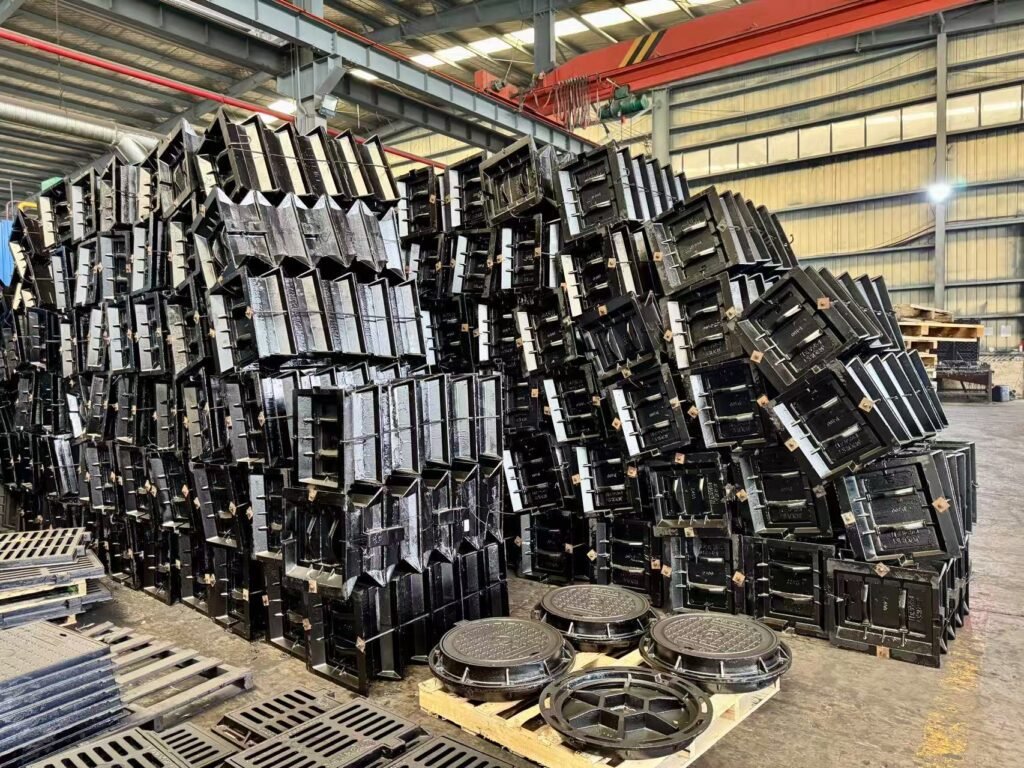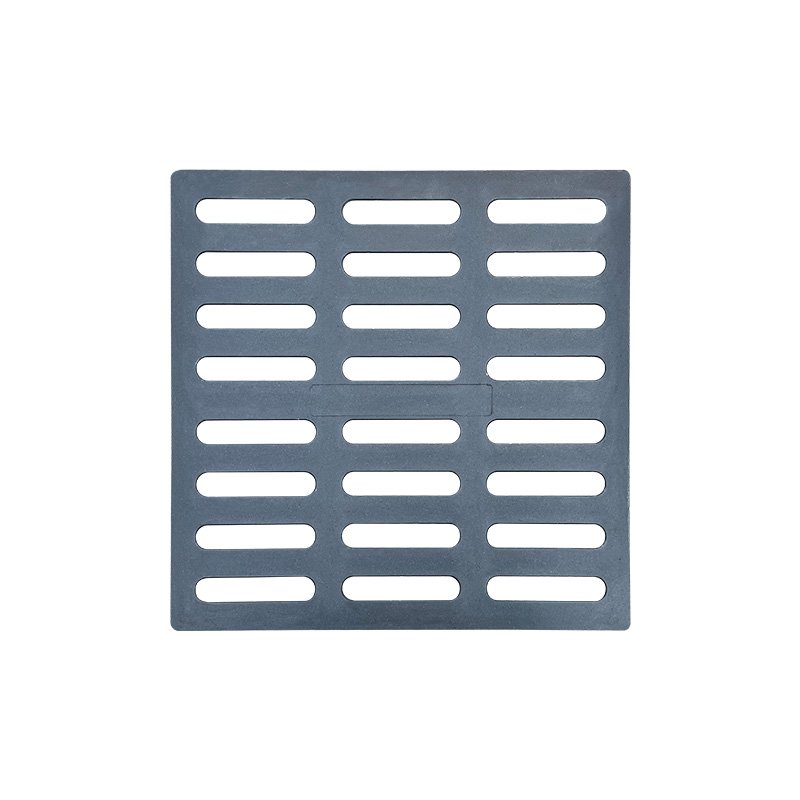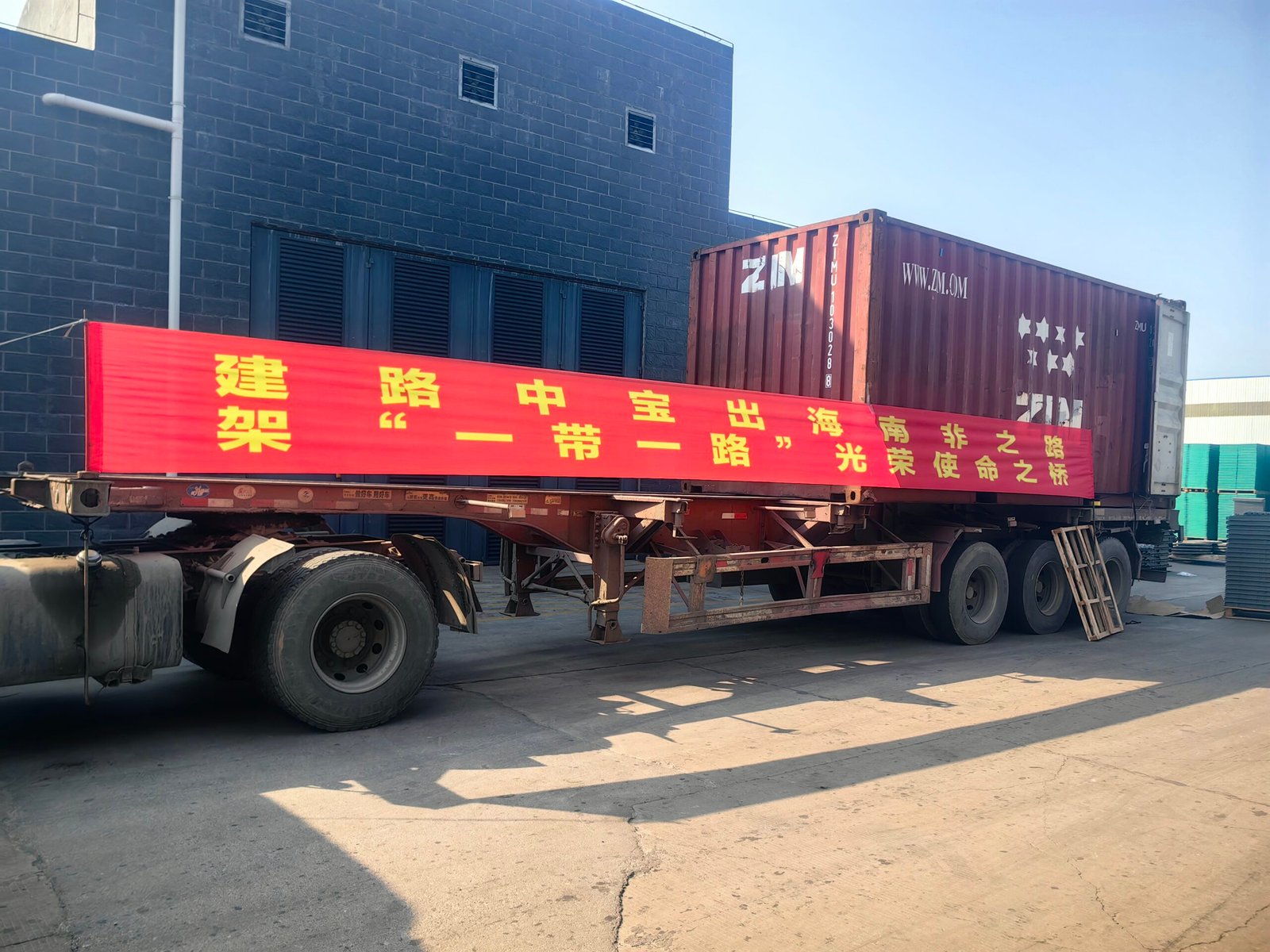In today’s world, where ecological protection is paramount, our daily decisions significantly impact the environment. Selecting manhole covers is one such choice, as they are ubiquitous in urban and industrial areas. These covers serve critical functions: protecting underground utility infrastructure and ensuring safety for pedestrians and vehicles on roads. Thus arises the question—how to choose a cover that combines robust functionality with ecological safety? We explore key dimensions to guide your optimal decision.

Materials and Ecological Impact
Manhole covers are made from various materials, including cast iron, steel, composites, and plastic.
- Cast Iron: Renowned for strength and durability but energy-intensive to produce, with substantial CO₂ emissions.
- Steel: Lighter in weight yet still carbon-heavy during manufacturing.
- Composite Materials: Gaining popularity for their lightweight strength; crucially, they can be made from recycled resources, drastically reducing ecological footprints.
- Plastic: A viable option, especially for pedestrian zones, but ensure it incorporates recycled plastic content.
Durability and Maintenance
Assessing lifespan is essential when selecting covers. Longer product life means fewer replacements, yielding both economic and environmental benefits. Cast iron and steel covers are known for durability, lasting decades under heavy loads. Prioritize covers resistant to corrosion and mechanical damage, particularly in high-traffic areas. Quality covers should facilitate easy access for inspections, reducing maintenance costs.
Environmental Standards and Certifications
Verify available certifications. Eco-certifications indicate manufacturer commitment to minimizing environmental impact. European standards like ISO 9001 and ISO 14001 guarantee production quality and ecological responsibility. These certifications confirm robust quality management systems and minimized environmental harm—especially vital in sustainability and social responsibility contexts.
Aesthetics and Urban Integration
As part of the urban landscape, cover appearance influences public space perception. Modern manufacturers offer design solutions enhancing streets and squares. Customization based on location needs ensures seamless integration into cityscapes. Some companies use eco-friendly paints and additives to further reduce environmental harm.
End-of-Life Disposal and Recycling
Disposal is a critical phase in a product’s ecological cycle. Covers should be made from easily recyclable materials:
- Cast Iron/Steel: Highly sought in recycling markets, melted for new products.
- Composites: Recyclable if designed with disassembly processes.
Consult suppliers about take-back and recycling programs. Prioritize manufacturers offering end-of-life product recovery initiatives.

Sourcing Channels and Selection Tips
Procuring covers requires careful consideration. Purchase from specialized suppliers or online platforms (e.g., ProcurementSquareCovers.com), which typically offer extensive product ranges. Key factors include company reputation, warranty terms, and partnership conditions. Request all documentation certifying product quality and compliance with international standards. Sales consultants can help identify optimal solutions based on needs and budgets. Customer reviews further reinforce decision confidence.
By choosing covers that balance ecology and functionality, you enhance safety and comfort while contributing to environmental protection. Responsible selection supports sustainability principles and a healthier planet. Remember: sourcing square covers from trusted professional suppliers ensures confidence and quality.




